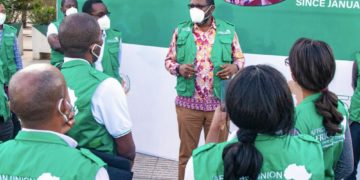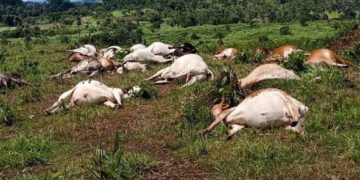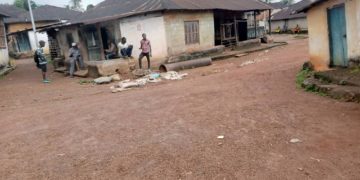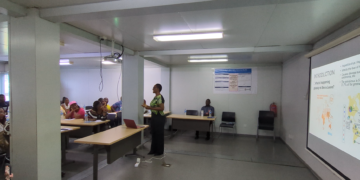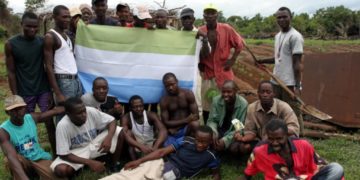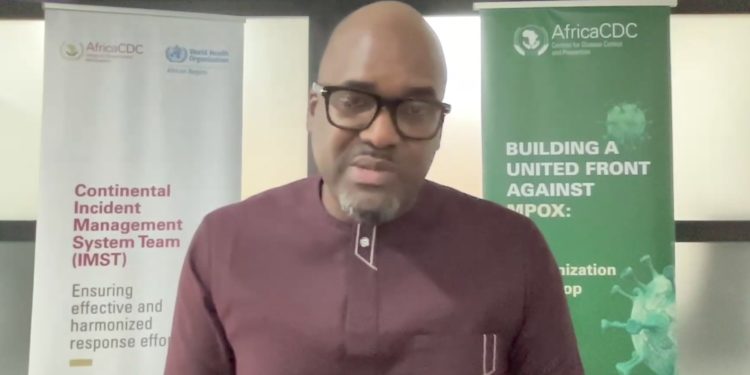By Kemo Cham
Latest data from the Africa Centers for Disease Control and Prevention (Africa CDC) reveals a significant progress in efforts to break the chain of transmission of the Mpox virus in Sierra Leone.
Cases have been declining in the country in the last few weeks both in terms of notified cases and confirmed cases, according to the data shared by the continental public health agency on Thursday.
Sierra Leone recorded 256 new confirmed cases in Week 24 (as at June 24th), compared 319 cases in week 23, representing 20% decline. In terms of notified or suspected cases, there were 282 cases against 357 cases the previous year, representing 21% reduction.
“This is very encouraging,” said Dr Yap Boum, Deputy Head of the Incident Management Support Team (IMST) at the Africa CDC.
He told journalists during the weekly briefing of the agency on Thursday that Mpox cases were declining continent wide, including in the high burden countries of Sierra Leone, DR Congo and Uganda.
The data shows that 879 new confirmed cases were recorded in Week 24 across the continent, representing 8 percent reduction in cases in Week 23, when 957 new confirmed cases were recorded. There were 3,113 notified or suspected cases in week 24, compared to 3,323 the previous week, representing 6% reduction.
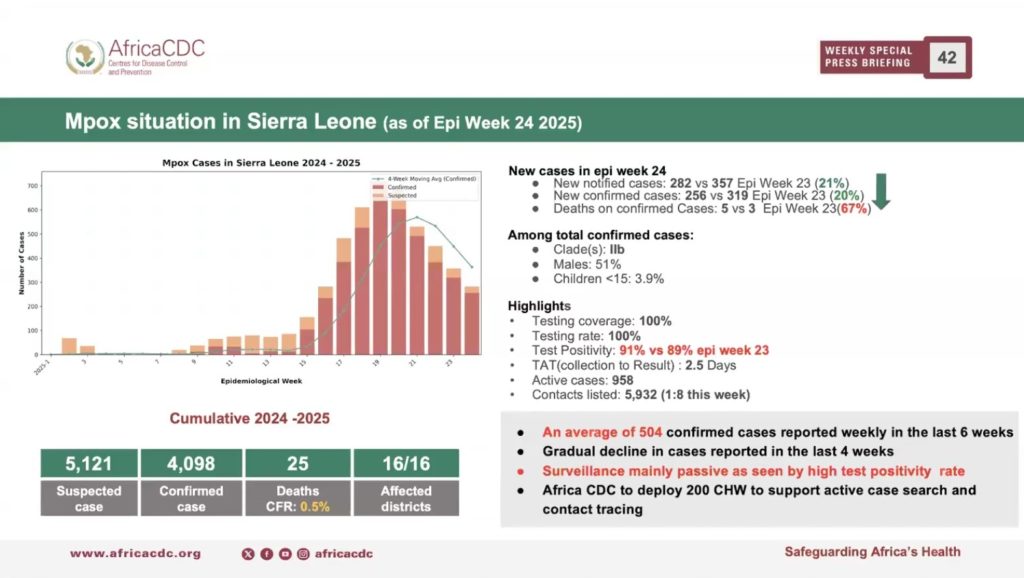
Sierra Leone still accounts for the largest share of new cases on the continent, above DR Congo (the most impacted in terms of cases and deaths) and Uganda. The three countries accounted for 87 percent of the cases in Week 24, down from 91 percent the previous week. Sierra Leone alone accounted for 41 percent this week, down from 53 percent the previous week.
“A consistent downward trend has been observed in all three countries,” Dr Boum said in his presentation. “We continue to encourage intensified surveillance and other public health measures to sustain and accelerate the decline.”
On Serra Leone, Boum noted that the challenge remains in the area of surveillance, as illustrated in the high test positivity rate in the country. Test positivity illustrates the level of transmission of cases in an area. A high positivity rate suggests that there are likely more people with the virus in a country who have not been tested yet. Sierra Leone’s test positive rate for Week 24 is 91 percent, up from up from 89 the previous week.
To address this situation, the Africa CDC is supporting efforts to deploy 200 community Health Workers in hotspots areas across all 16 districts of the country, disclosed Dr Boum.
“Those 200 community healthcare workers will be in the field, moving house-to-house, to ensure they track and find all active cases,” he said. “And that will make the link with the vaccination (campaign) and ensure that those who are at risk are isolated, taken care of in a health facility and also those who need to be vaccinated receive the vaccines,” he added.
Sierra Leone recently launched the second phase of its Mpox vaccination campaign, after received additional doses of vaccines from partners. This campaign, according to officials, targets 66, 000 people within 10 days.
Available data from the National Public Health Agency (NPHA) as at Tuesday, June 24th shows that Sierra Leone has recorded a cumulative confirmed cases of 4,350, with 690 active cases and 28 deaths since January 10th when the country recorded its first case of the epidemic.

